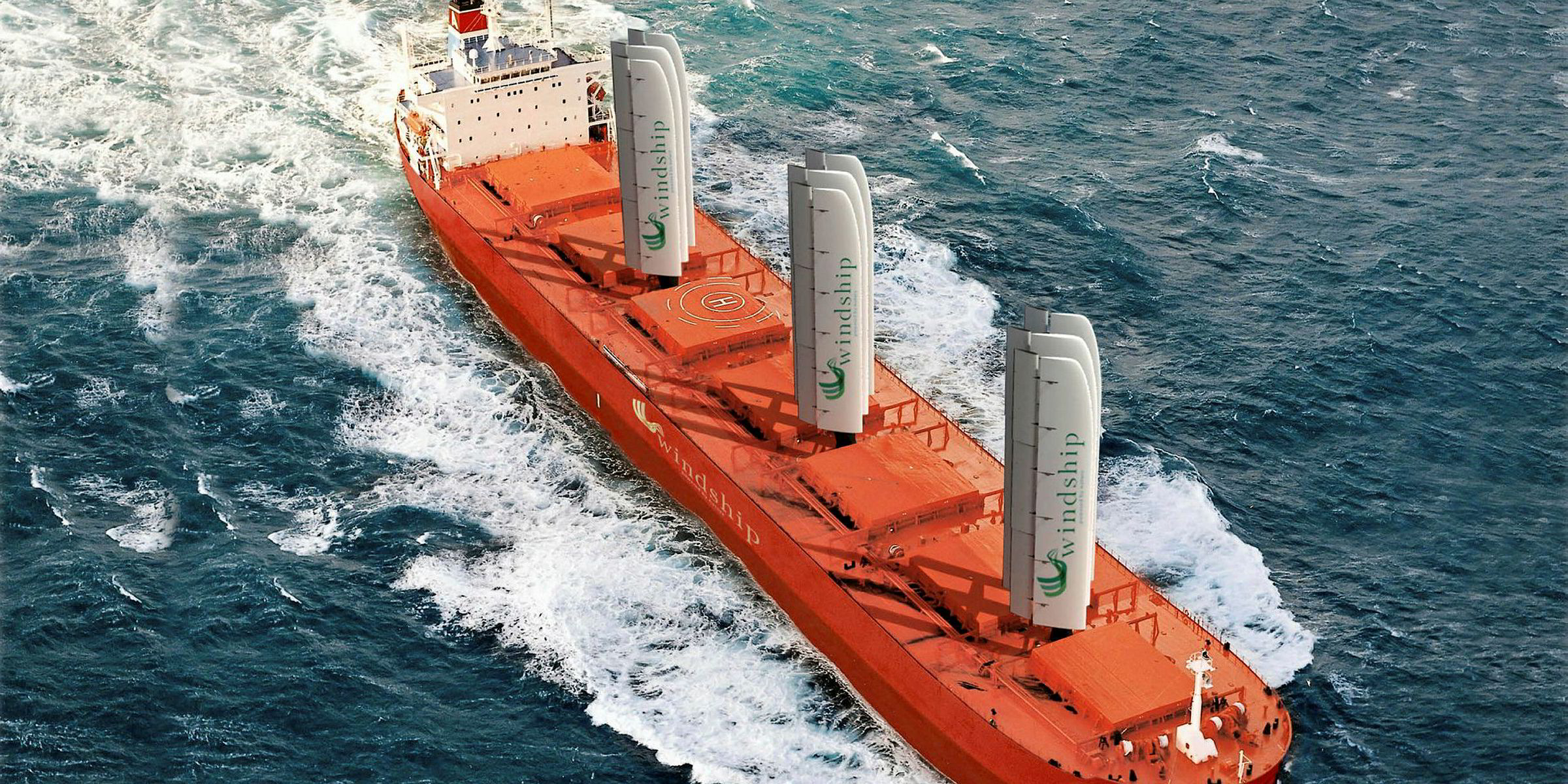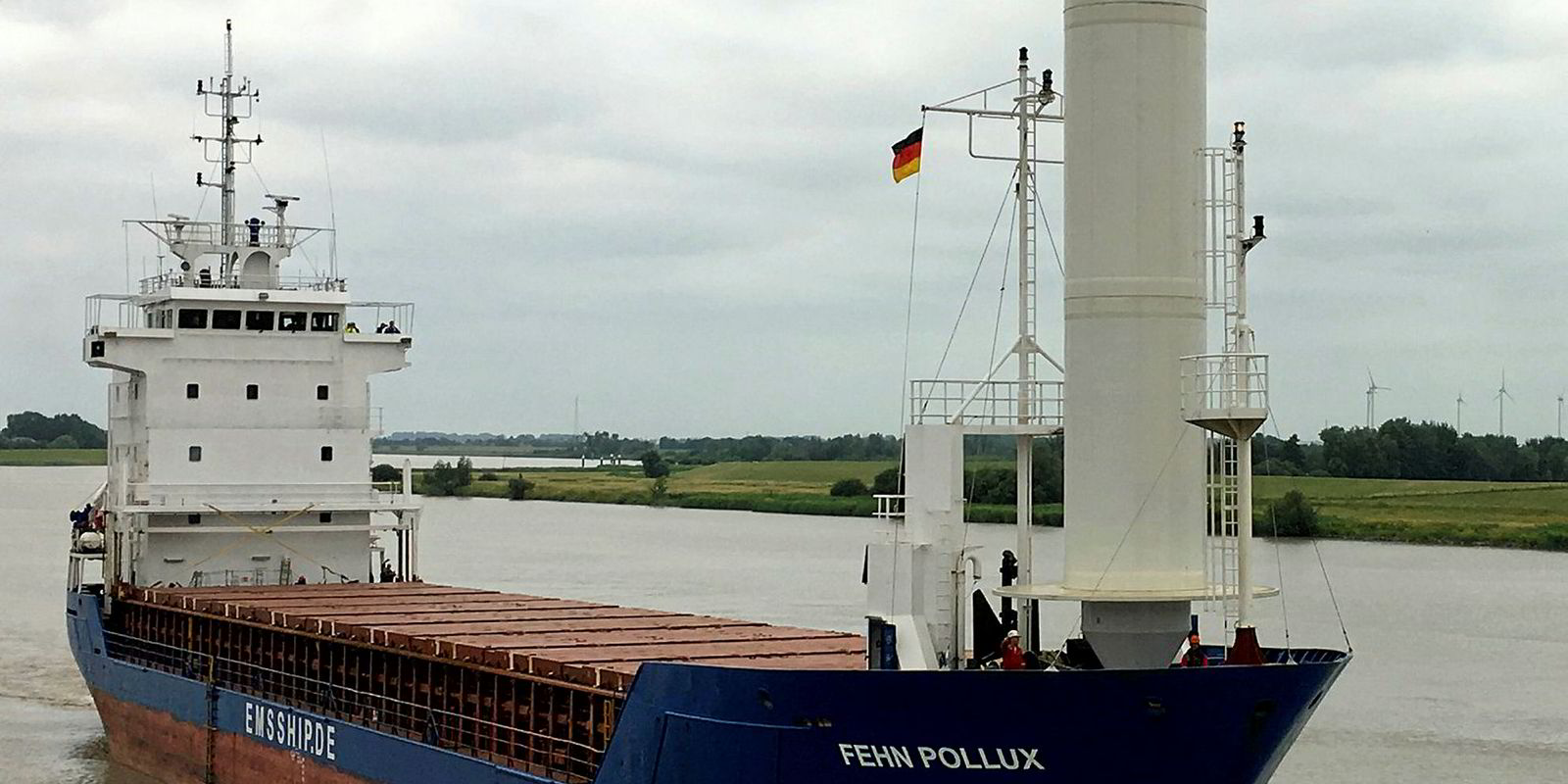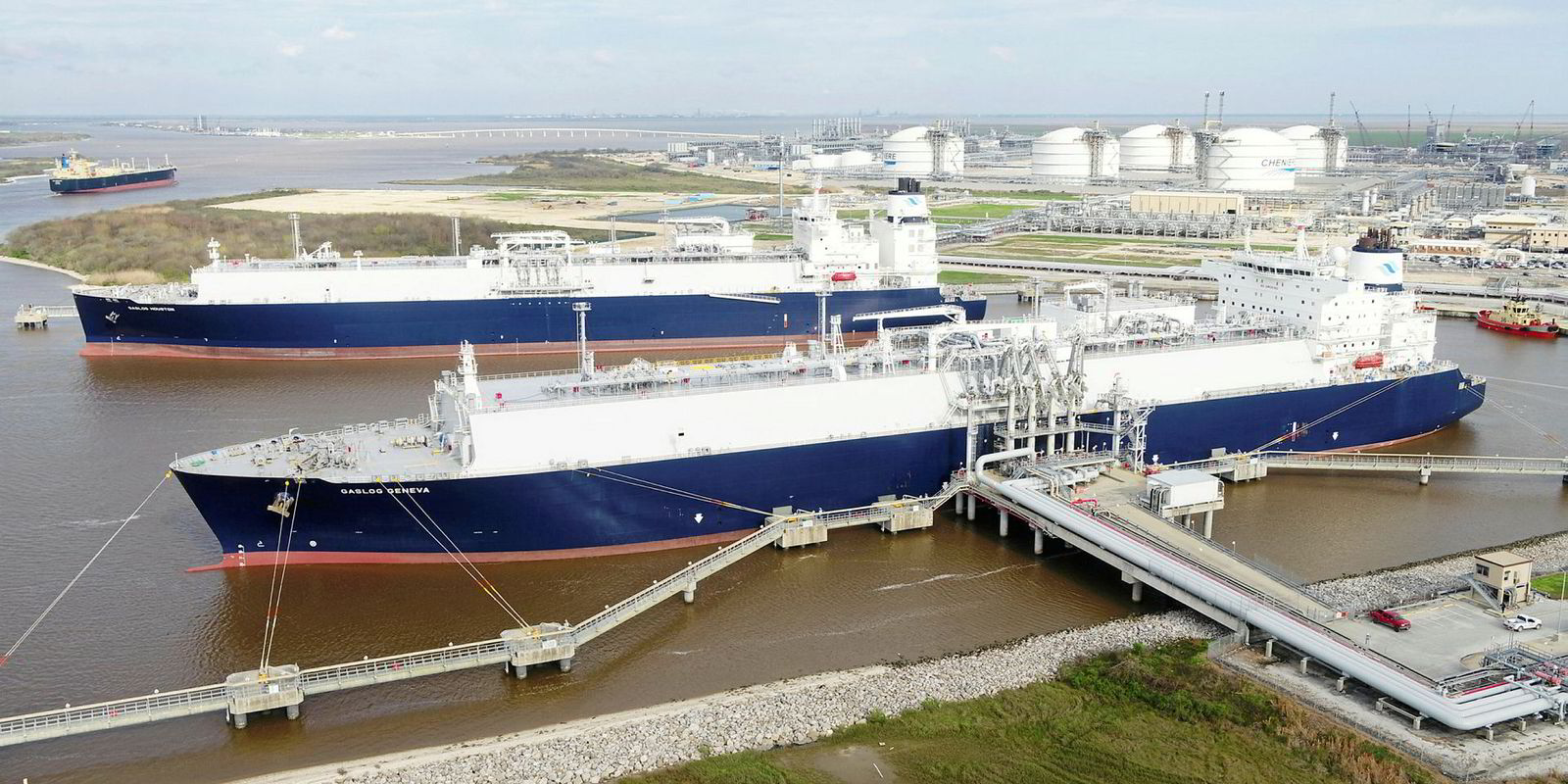Shipping is facing the most drastic requirement for change to vessel propulsion since engines were first put onboard sailing ships more than 100 years ago.
At the time the Paris Agreement on climate change of 2015 was signed, it was thought reducing manmade emissions by about 75% would maintain a maximum increase in temperature of 1.5C to 2C.
Now, scientists say that not only do we have to cut emissions by 100%, we would also have to recover and store previously emitted greenhouse gases (GHGs) to keep global temperatures under control. It is a claim that was backed by the late professor Stephen Hawkins.
The IMO has introduced legislation for reduced sulphur content in fuel oil for ships to a maximum of 0.5% — coming into force on 1 January 2020 — and a target for cutting GHG emissions is set. IMO legislation on GHG emissions could be announced as early as October. Prepare yourselves for more drastic change than you might have expected.
So what is the shipping world currently doing to meet these challenges?
There are three usual reactions:
- Do nothing: the world will have to fix the fuel problem for shipping because the sector is important. Let the fuel suppliers solve the problem and let the customers pay.
- Try to cheat: install exhaust gas scrubbers, removing most of the SOx, NOx, soot, particles and metal fines from the funnel and pump the residue into the oceans and ignore the increasing GHG emissions from ships.
- Switch fuels: keep using fossil fuels but change from heavy fuel oil to LNG. But LNG is more polluting than heavy fuel oil in a full life-cycle perspective, including production and transportation, and LNG spills are more polluting than oil.
On the 2020 regulation, sufficient quantities of low-sulphur fuel will clearly not be available unless refineries invest heavily and immediately in new production facilities. These would cost billions of dollars, and will need to operate for a long time at high fuel prices to cover the depreciation.
As oil and gas companies are both competent and prudent, we can take it for granted that a miraculous flood of cheap low-sulphur fuel will not occur.
Open scrubbers will not be tolerated because the world is becoming increasingly worried about the state of our oceans and how pollution affects marine life and human health. Greenpeace, Friends of the Earth and the general media will name and shame offenders.
Forget fossil fuels as an alternative for bunkers. Fossil fuels will be forbidden in the lifespan of the next generation of ships: they are simply too polluting
Closed scrubber alternatives would mean installation of sludge tanks. The costs of operating such systems would be prohibitive.
Access to low-priced heavy fuel oil could also lead to faster vessel speeds for improved economy, and that would increase CO2 emissions. We should not invest in solutions that will increase pollution.
So what should the shipping industry do? Forget fossil fuels as an alternative for bunkers. Fossil fuels will be forbidden in the lifespan of the next generation of ships: they are simply too polluting to meet the demands of the Paris Agreement.
Building a new world fleet that ignores action on CO2 emissions would be very short-sighted, and could lead to enormous losses if ships have to be scrapped due to legislation taking effect 10 years from now.

The best alternatives are wind power and sustainable biofuels extracted from industrial waste. And we still have a long way to go on optimising vessel designs.
As ships have an average life span of around 25 years, we should have a zero-emission target as we plan to replace the present fuel-inefficient generation of vessels.
Windship Technology will introduce its Carbon Neutral Ship project in October. Its WASPS (Windship Auxiliary Sail Propulsion System) can reduce fuel consumption by more than 30% using the power of the wind. Permanently reduced engine speeds, optimised design and vessel operation can cut emissions by 50%, while the remaining 20% can be achieved from using biofuel from waste.
Reducing fuel consumption can be rewarding. Each Windship will save $3m to $5m in fuel costs and carbon trading per year — amounting to $80m over its lifespan.
The shipping industry will have to become carbon neutral to meet global climate challenges. The best time to do it is now.
Lars Carlsson has a background of 20 years as managing director of Stena Group public company Concordia Maritime, chairman of Intertanko and SEAaT (Shipping Emission Abatement and Trading), and was a director on the board of the American Bureau of Shipping for 10 years





